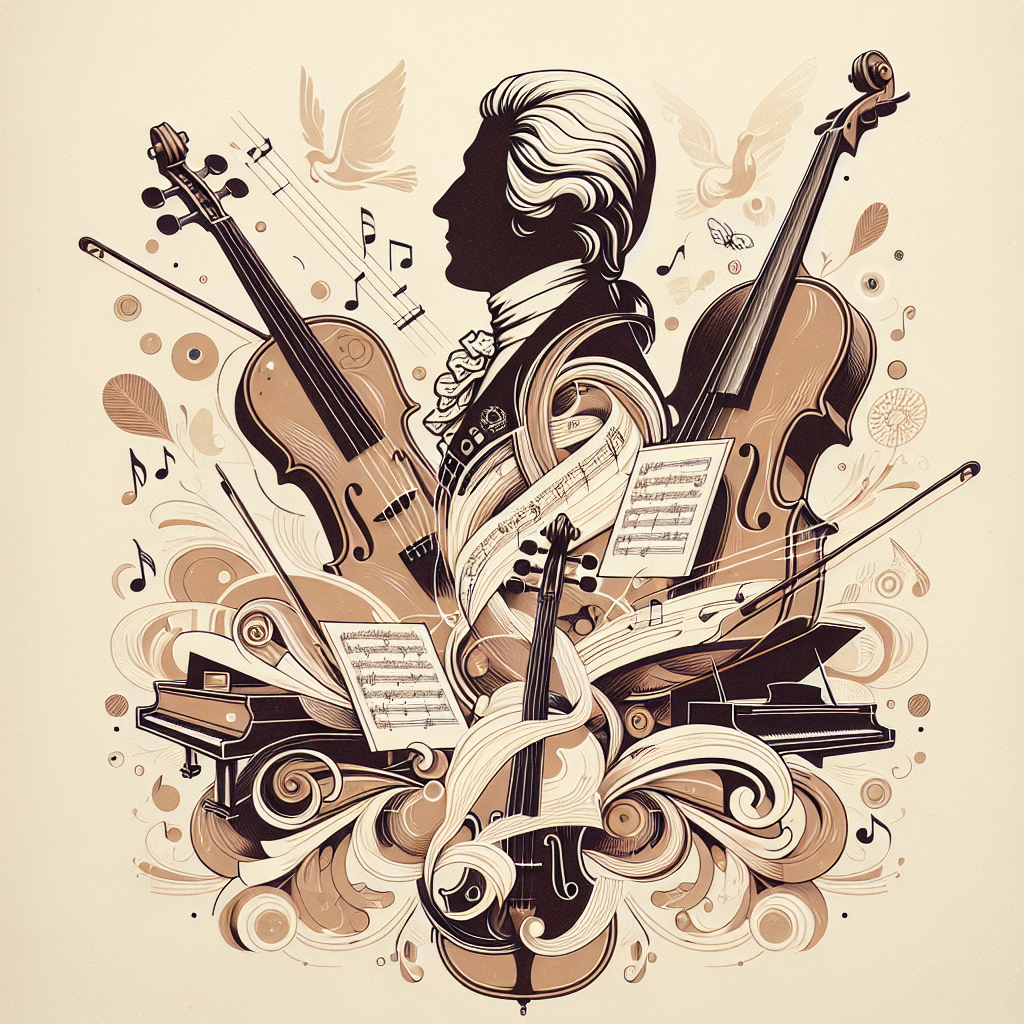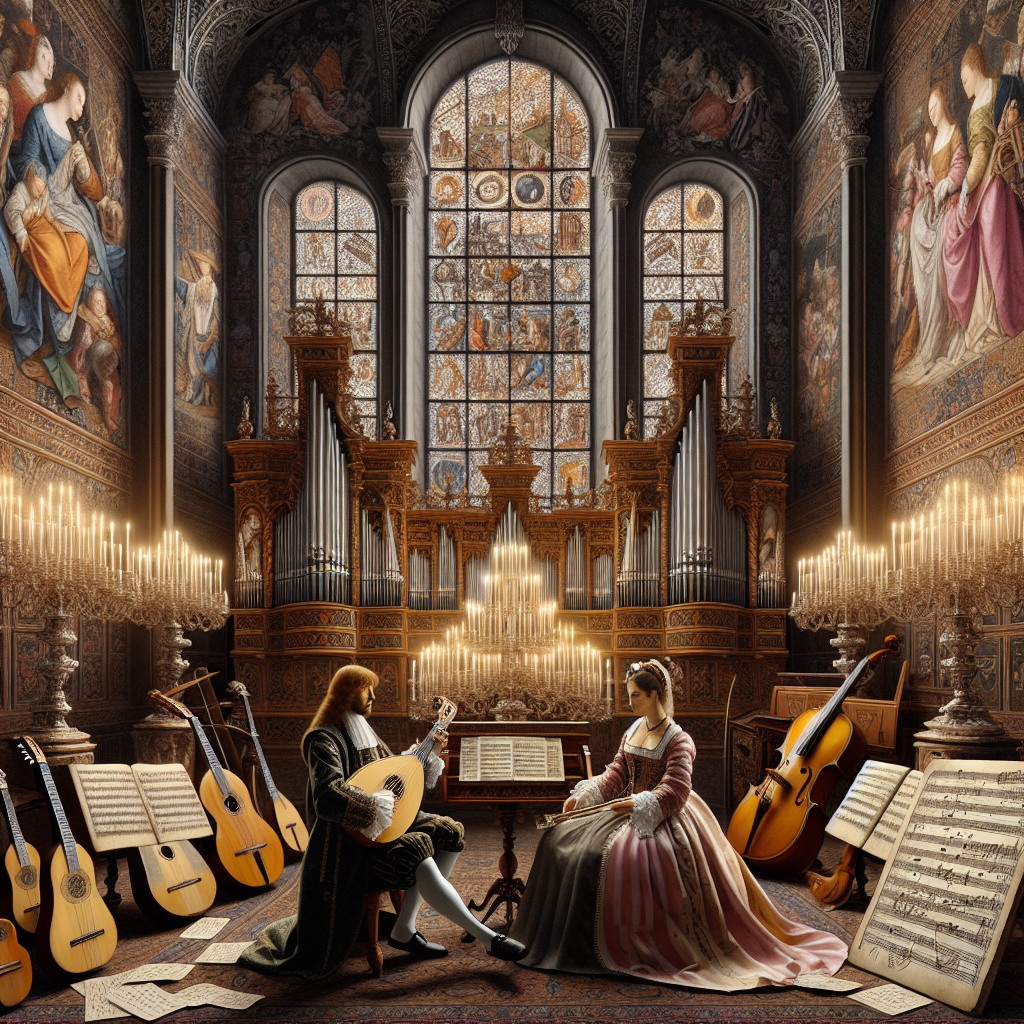<html>
<body>
<p>
Traditional Arabic music, with its enchanting tunes, mesmerizing rhythms, and soul-soothing melodies, has a mystical charm that continues to fascinate music lovers worldwide. This unique intricacy of music remains deeply rooted in Arab culture and history, becoming an essential aspect of their daily life. </p>
<h2>Introduction to Traditional Arabic Music</h2>
<p>
Traditional Arabic music is as rich and diverse as the Arab world itself, stretching from the Arabian Peninsula to Africa and the Levant. Each region has a unique musical style, yet all share common elements forming a harmonious cultural unity. The art of the maqam, the tarab tradition, and the presence of various musical instruments are fundamental to the core of traditional Arabic music. </p>
<h2>Art of Maqam</h2>
<p>
The maqam can be best described as a modal structure that forms the backbone for composition and improvisation in traditional Arabic music. A maqam typically contains a seven-note scale, with emphasis placed on a leading note and a set of melodic progressions. The subtle microtones and exotic scales give the traditional Arabic music a distinctive and captivating flavor. </p>
<h2>Mysticism of Tarab</h2>
<p>
The concept of tarab holds significant value in Arabic music. Derived from Arabic terms for musical ecstasy or enchantment, tarab defines the emotional effect that music produces on the listener. The mystical quality of tarab invokes feelings of joy, sorrow, and longing, creating an experience beyond ordinary musical enjoyment. </p>
<h2>Intricate Musical Instruments</h2>
<p>
The sounds of traditional Arabic music significantly rely on a variety of percussive, wind, and stringed instruments. The Oud, Qanun, and Ney hold notable mentions. The Oud, considered the king of Arabic instruments, is a short-necked lute known for its deep and resonant sound. The Qanun is a zither that can play fast sequences of notes, while the Ney is a flute used for its haunting melodies. </p>
<h2>Music and Arab Society</h2>
<p>
Arabic music forms an integral part of Arab society, symbolizing their joys, sorrows, and hopes. From weddings and funerals to festivals and religious ceremonies, music stands as an essential component. The richness of traditional Arabic music aesthetically communicates human emotions, creating a remarkably inclusive experience. </p>
<h2>Modern Influence on Traditional Arabic Music</h2>
<p>
While traditional Arabic music remains an inexhaustible source of inspiration for Arab musicians, efforts to incorporate Western influences has led to a remarkable blend of classical and contemporary sounds – fusing powerful traditional elements with a wide range of modern genres. </p>
<h2>Conclusion</h2>
<p>
The mystical charm of traditional Arabic music transcends geographical boundaries, reflecting a harmonious interaction of music, culture, and emotion. Its timeless appeal instills an enchanting sense that listeners find ineffably captivating, making this age-old art form indispensably pivotal even in today’s modern musical era. Traditional Arabic music embodies a cultural heritage that intriguingly unveils unconcealed depths of human sentiment and experience. </p>
<h2>Frequently Asked Questions</h2>
<ul>
<li>What is the concept of Maqam in traditional Arabic music?
<li>What is the significance of the term ‘Tarab’ in Arabic music?
<li>What musical instruments define traditional Arabic music?
<li>What is the role of music in Arab society?
<li>How has traditional Arabic music influenced modern Arab music?
</ul>
</body>
</html>




